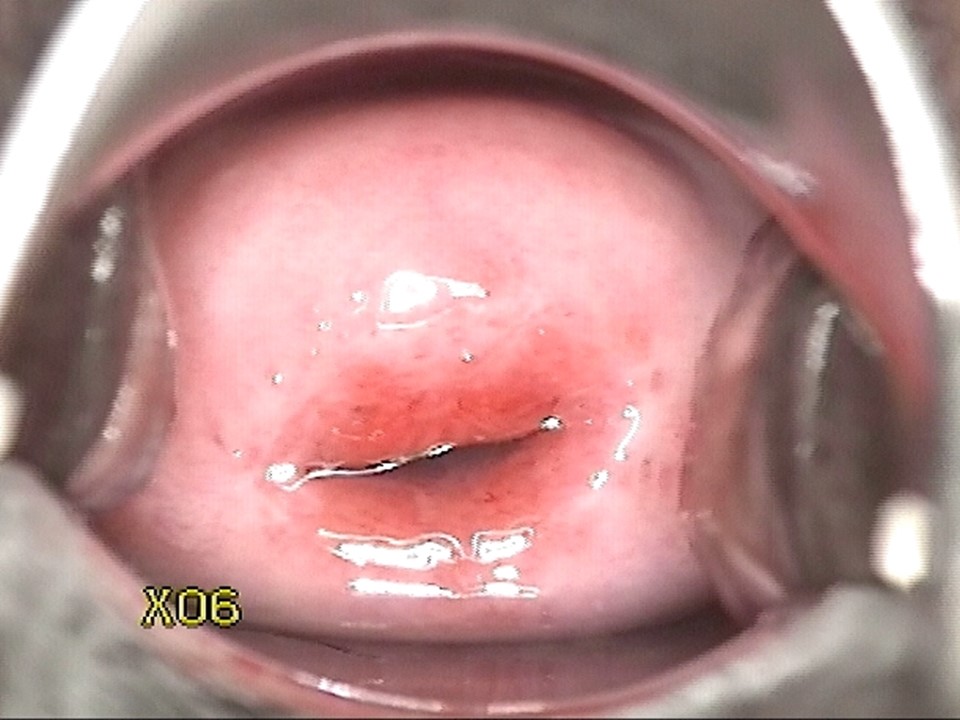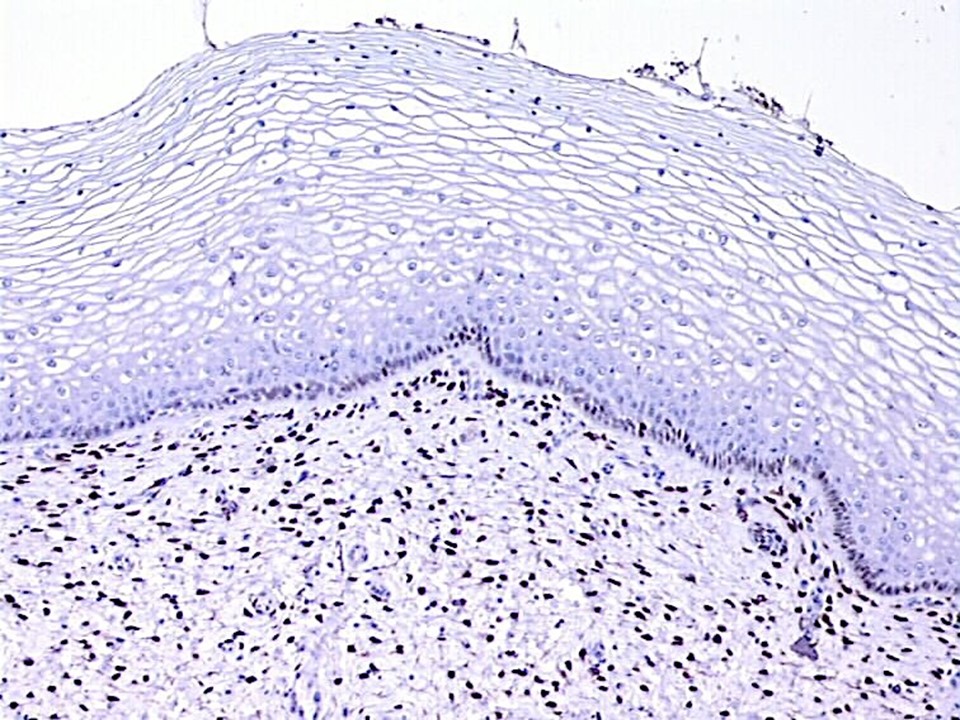Using Human Papillomavirus (HPV) detection tests for cervical cancer screening and managing HPV-positive women – a practical guide / Activity 2
Anatomical considerations – Cervical epithelium | Click on the pictures to magnify and display the legends |
The outer surfaces of all the organs in the body are lined with a special type of tissue, known as epithelium. The cervix is lined with two different types of epithelium:
The next sections describe in detail the two types of epithelium. |

